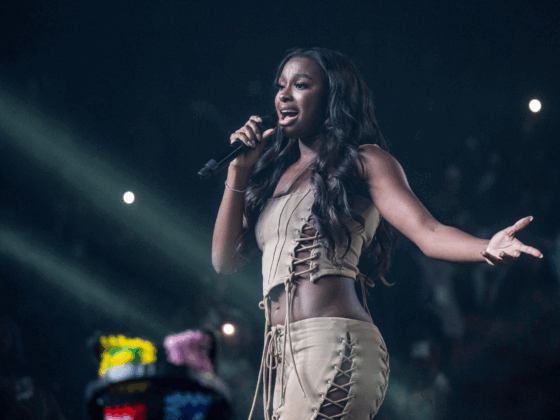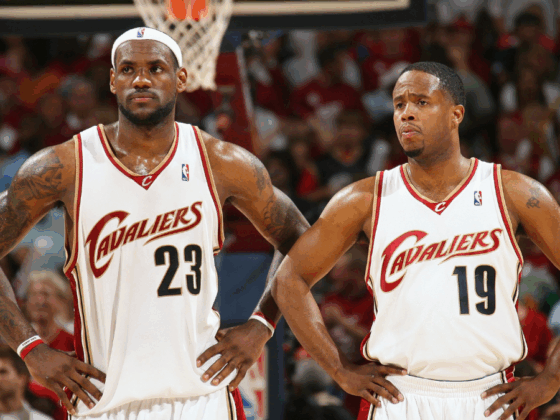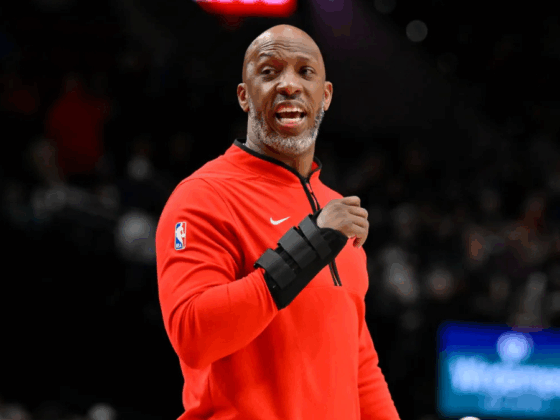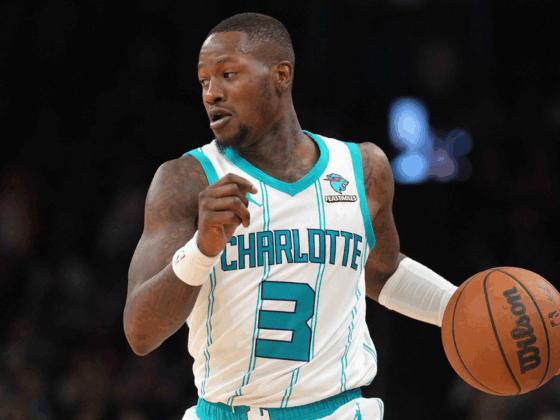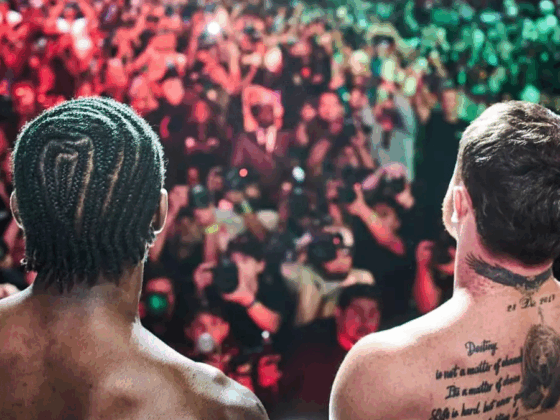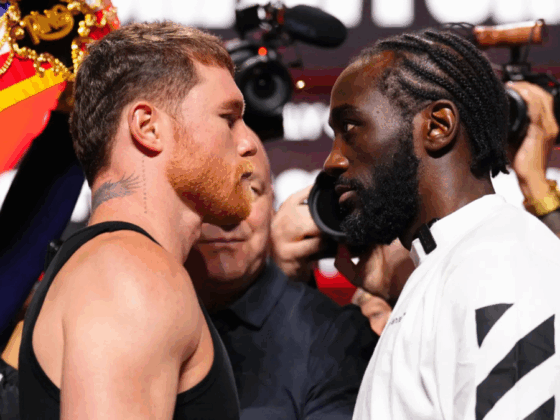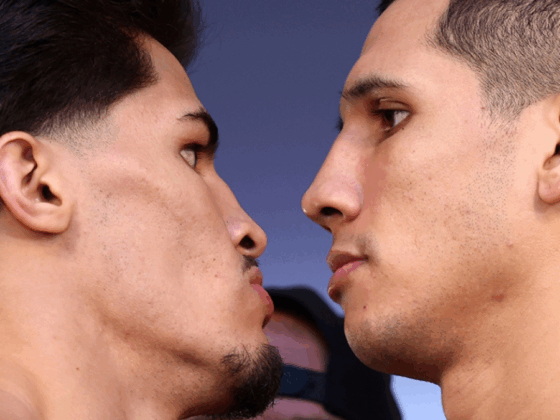
Those who do not enjoy the simple beauty of basketball being played at its highest level have an even more simplistic reason for not watching the Association on a nightly basis.
“You know who is going to win in the end, so why watch the regular season?”
The NFL’s calling card, on the other hand, is its unpredictability. Former NFL commissioner Bert Bell coined the phrase “On any given Sunday, any team in the NFL can beat any other team.” Since then, the NFL has adopted this as its number one argument for being the best sports league in America.
And more than 60 years later, it’s worked even better than Bell could have hoped for. The NFL’s 10 wealthiest owners are worth a combined $61 billion and football surpassed baseball as the nation’s pastime years ago.
Because other leagues have watched the NFL lap them multiple times on the monetary racetrack, many have attempted to incorporate the “any given Sunday” mantra into their business plans.
The NBA, most recently, updated their draft lottery in order to “improve the competitive incentives for our teams,” NBA President of Operations Byron Spruell said, according to NBA.com. Adam Silver has also discussed his displeasure with having just two “super teams” in the NBA.
So, the start of this season must seem like the manifestation of the NBA front offices’ fever dreams. As of Nov. 8, 19 teams have a total of four to six wins and it truly feels like any team can win on any given day. The reason it works currently is that there are so many superstar talents in the NBA.
40-point nights, career-highs and triple-doubles are being produced with the consistency of cheap costumes in the days leading up to Halloween. The only problem is this: Once Halloween is over, those costumes are only made sparingly, and the history of the league suggests that this parity is not sustainably successful.
During the 1970s, the league had eight champions and not a single one defended their championship.
“We had less teams in the league at that time and the teams were really stacked with superior talent,” said Phil Jackson, according to NBA.com
The league was at its parity prime and yet its position amongst the other major sports leagues had never been so precarious. There were more reasons for this besides just the competitive balance, of course. The unspoken but apparent racism of America was a factor, as well as the documented drug abuse problems, and finally, the rival ABA league didn’t merge with the NBA until 1976.
The league also had the very public and dangerous fight that ended with Rudy Tomjanovich in the hospital with spinal fluid leaking into the back of his throat, a substance he could recall tasting.
Despite these contributory issues, the league was still filled with stars. Kareem Abdul-Jabbar, Jerry West, Elgin Baylor, Walt Frazier and others still stuffed the stat sheets and the league was anyone’s to take on any given night. That alluring fact was not enough for the league to keep ratings high or interest peaked.
The league was suffering and was not saved until the 1980s arrived with their dominant Larry Bird- and Magic Johnson-led units. The league has consistently thrived and been revived thanks to the shoulders of greatness.
After a TV rating low from 1979-1981, NBA viewership soared in 1987 when the Los Angeles Lakers and Boston Celtics played each other. The Lakers reached the Finals for their sixth time since 1980, and the Celtics their fifth. It could be argued that the league was then at its parity low.
Then in 1998, the NBA hit an all-time high in viewership with 29 million viewers in Game 1 of the Finals and 36 million viewers in Game 6. This was the Bulls’ sixth trip to the Finals in eight years, and the Utah Jazz’s second in a row.
Just last year, the Finals had their highest ratings since 1996 as the Cleveland Cavaliers and the Golden State Warriors competed in their third straight NBA Finals.
The NBA has always been a league that revolves around greatness. The discussion that fuels the league is centered around which players are greater. Discussing the supreme talents of the game, what they did and – perhaps most often – what their teams were able to accomplish.
Parity would not extinguish this talk, but it would at least disperse the coals.
Discussion inspires enthusiasm and interest. Word of mouth is now at its most powerful in the age of online forums (Facebook, Twitter). The league remains interesting to many because of this discussion.
Parity would also affect the Association’s year-long season. Trades occur so frequently in the NBA because many teams are going in opposite directions. Stars are traded when one team feels exceedingly desperate, like there is no hope for its success.
Struggling teams’ ineptitude in games is balanced out by their dramatics off the court. If all teams felt right on the cusp of playoff success, player movement would halt to a near stop. This would change a large portion of what some, falsely, believe to be the most exciting aspect of the NBA.
The NFL has this problem. Many of the teams feel like they could string a few games together, not wanting to give up on their star players…just yet.
The NBA is more ruthless. A team’s inadequacy shines through even before the first tip. Despite a few exceptions, there are not many teams like that this season. The league appears to be at its most competitive and many are rightfully enthused about this development.
The risk is evident, however. Interest in the league has dipped when greatness is not present. Luckily, the league is still not exactly balanced. The Warriors are again the obvious choice for NBA champions.
They seem destined to reach their fourth straight Finals despite the play of the 29 other teams in the league. The NBA’s search for parity via rule changes is a concerning development as this league was not created to support it.
They are flirting with danger in their attempts to equal the playing field. Luckily, the star players and teams likely won’t allow this titanic organization to sink because just like the movie, knowing the ending doesn’t affect the enjoyment of the show.
